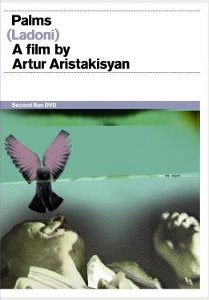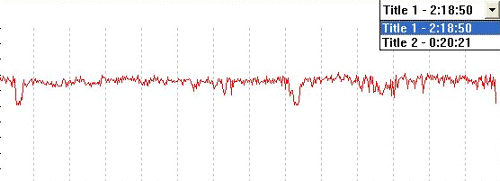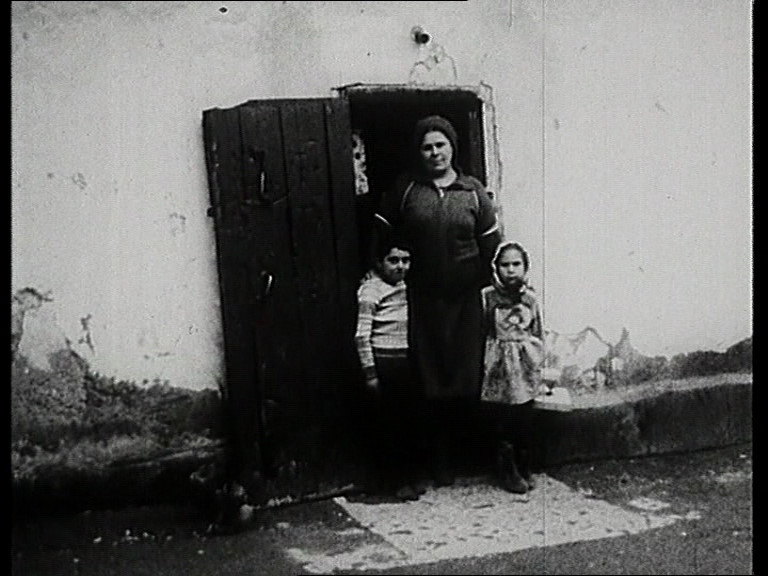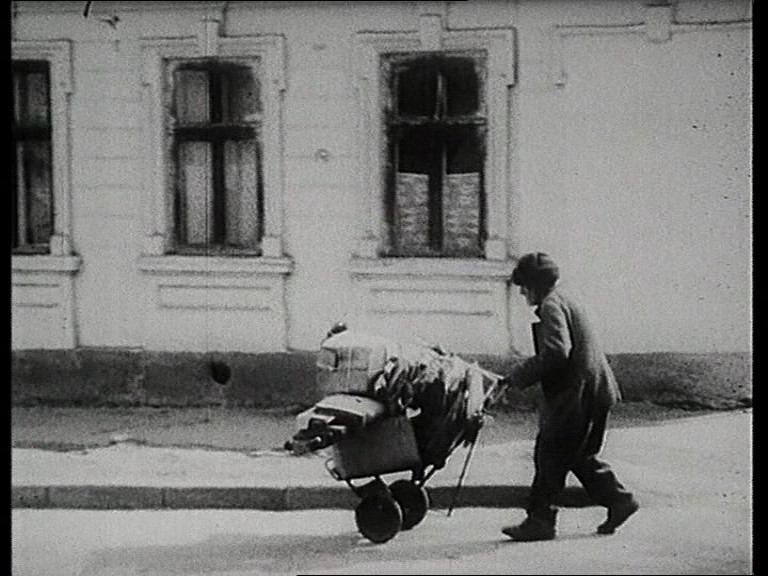![]()
![]()

![]()
![]()
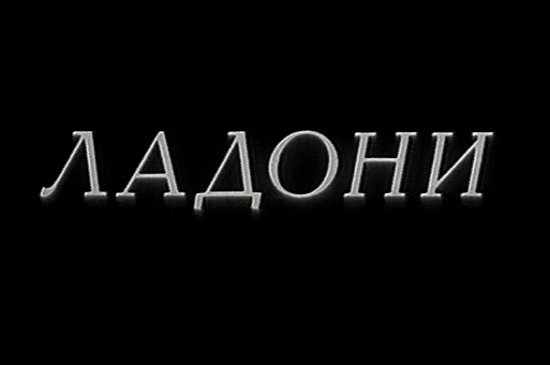
(aka 'Ladoni' or 'Palms')
Directed by
Artour Aristakisian
Russia 1993
|
Perhaps surprisingly for a film populated almost entirely with beggars, Palms
has nothing to do with charity. Its real subject is proximity. In its relentless
depiction of life at the margins and with its discomfiting jabs of authenticity,
it is an affront to personal space. Why should this be so? A short excerpt from the Booklet essay by Graeme Hobbs which appears in the Booklet of the DVD release |
Theatrical Release: February 94' - Berlin Film Festival
Reviews More Reviews DVD Reviews
DVD Review: Second Run - Region 0 - PAL
| DVD Box Cover |
|
CLICK to order from: |
| Distribution | Second Run DVD - Region 0 - PAL | |
| Runtime | 2:18:50 | |
| Video | 1.33:1
Aspect Ratio Average Bitrate: 6.59 mb/s PAL 720x576 25.00 f/s |
|
|
NOTE: The Vertical axis represents the bits transferred per second. The Horizontal is the time in minutes. |
||
| Bitrate: |
|
|
| Audio | Russian (Dolby Digital 1.0) | |
| Subtitles | English, None | |
| Features |
Release Information: Edition Details: • Optionally
subtitled interview with director Artur Aristakisyan (20:21) |
|
| Comments: |
Whether or not the worn, archive-like, quality of Aristakisyan's images are intentional, contrived or a true factor of limited production independence has little to do with its remarkably impacting film expression. Although it may initially distance one from the reality of the organic aura, as it progresses it brings a much stronger dynamic to his poetic manifesto. I've read about comparisons to Pasolini and even Tarkovsky - and I think both are apt. I can't add much more in describing the stark, contrasted screen captures below in describing the dual-layered, progressive transfer quality. They are grainy and fraught with minor to moderate damage marks. In essence - they are what they are.
Dialogue is almost exclusively narrated and although relatively weak - is both consistent and audible. There are some interludes with the music of Giuseppe Verdi. The optional English subtitles are adeptly rendered. The only digital extra is a 20 minute (also subtitled) interview with director Aristakisyan. It advances his motivations and impetus behind the film's evolution. A strong supplement. Also included is a 12-page liner notes booklet with photos and an excellent new essay by Graeme Hobbs. This long running film is something very unique and heavily artistically based - those more infused with mainstream cinema will undoubtedly find it immensely depressing, although it borders on essential viewing for a redemptive, caring, forgiving and yes, even loving society. Recommended! |
DVD Menus
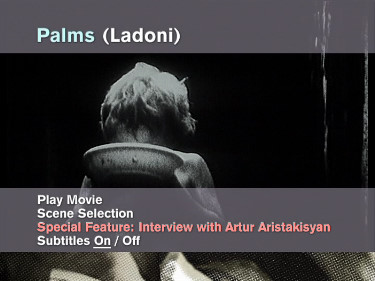 |
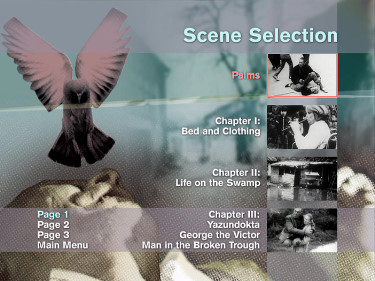 |
|
|
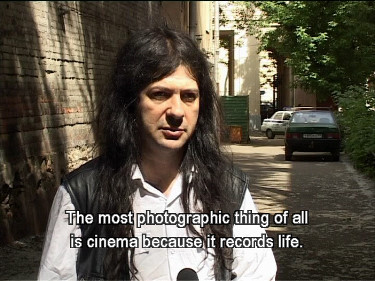 |
Subtitle Sample
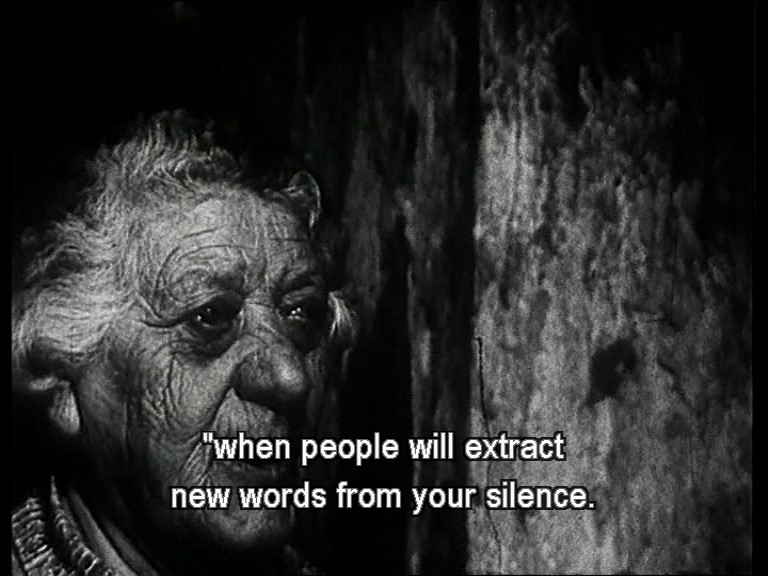 |
Screen Captures
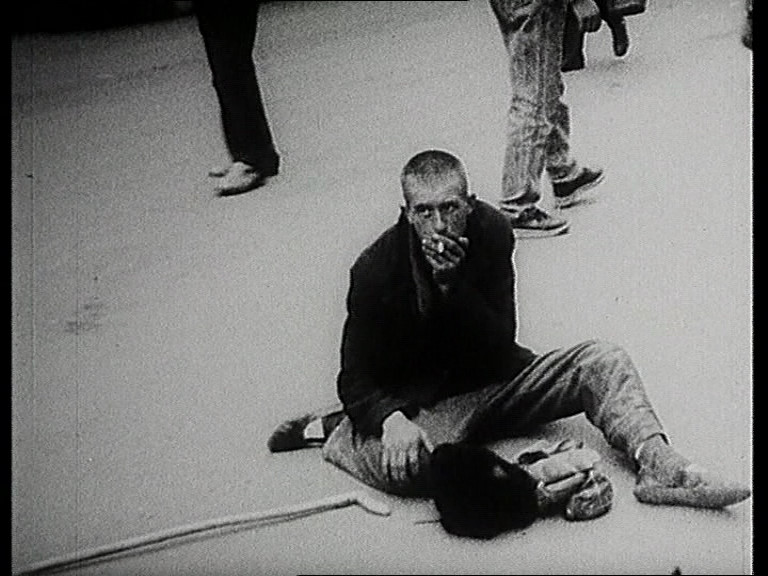 |
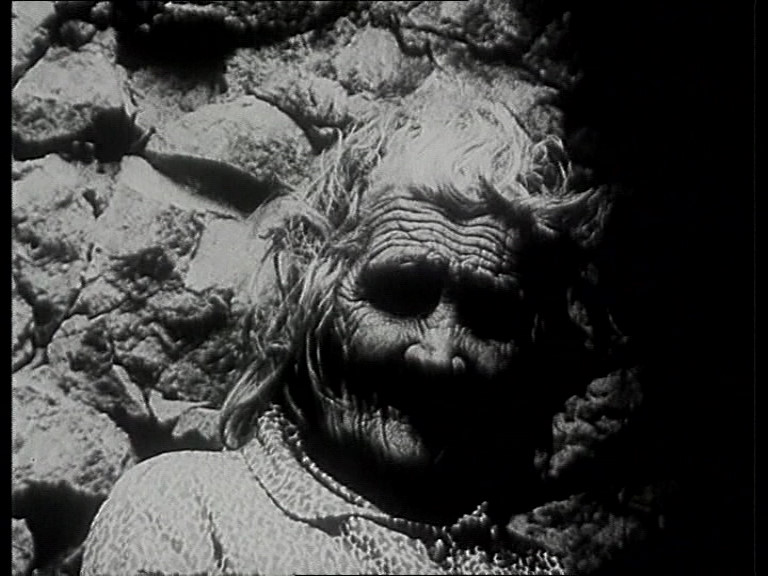 |
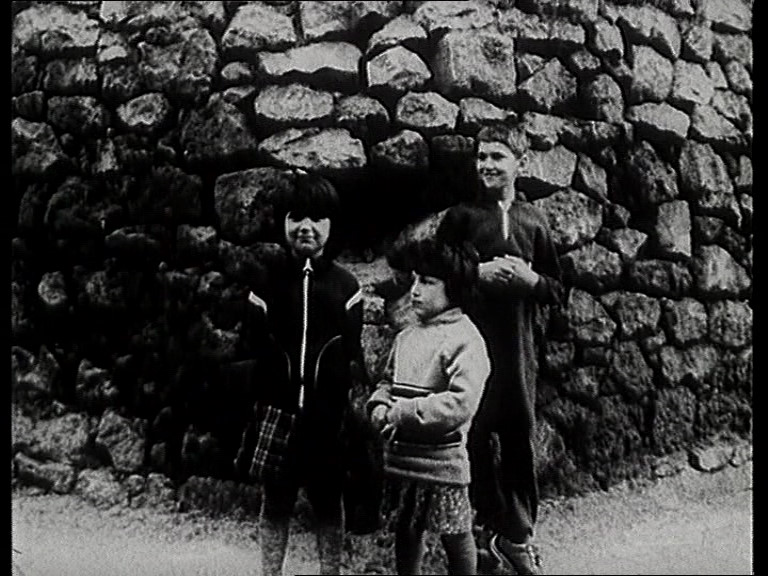 |
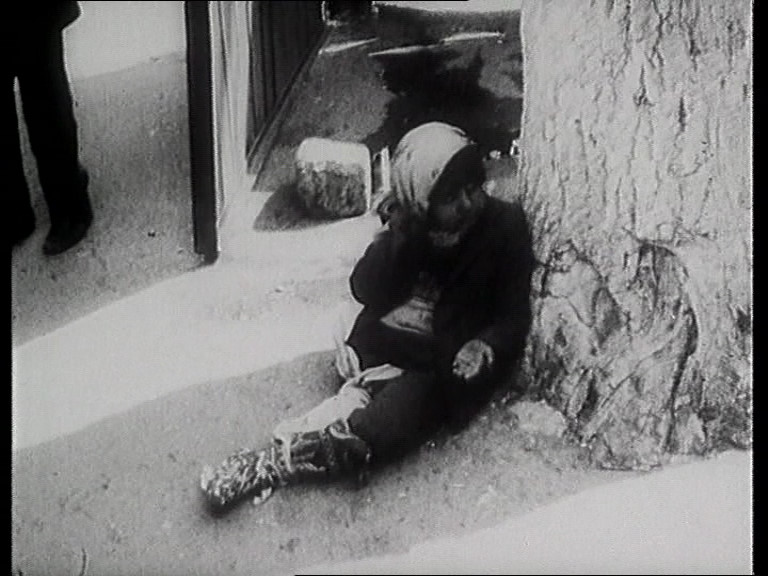 |

